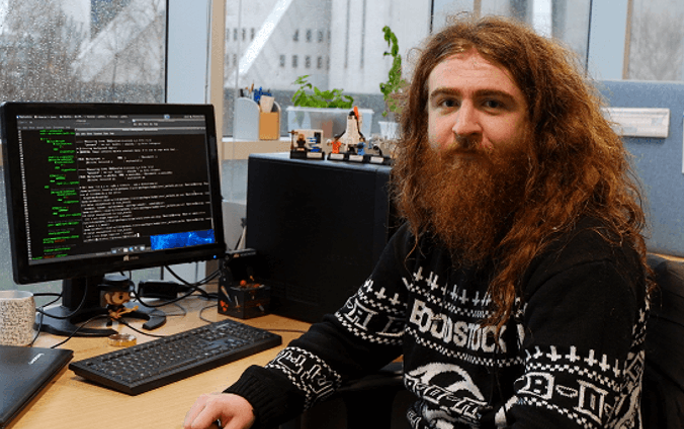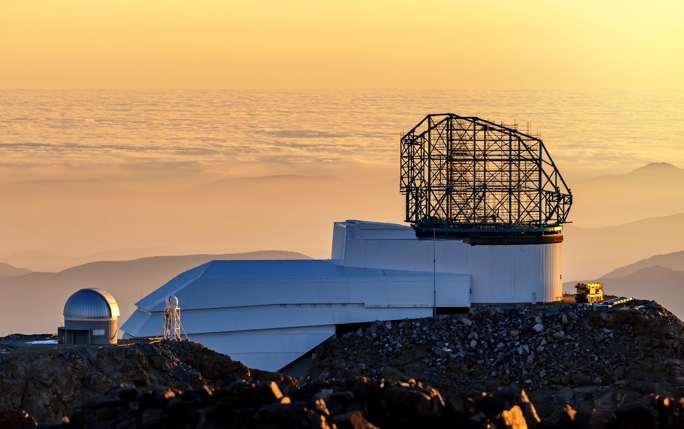Brandon Kelly appointed junior associate within LSST collaboration

A large component of Liv.Dat student Brandon Kelly's PhD project involves working closely with the Large Synoptic Survey Telescope (LSST), an upcoming survey telescope based in Chile. Due to the depth and scale of the survey, the LSST presents a unique opportunity for observational astrophysics. In order to facilitate greater connections with the LSST project, Brandon was nominated for Junior Associate Status. From all of the nominated candidates, Brandon was fortunate enough to be among those selected following approval from the LSST:UK selection board. Junior associates are granted access to an additional pot of STFC funding, as well as greater inclusion in the LSST project. In Brandon's case it is hoped that the additional funding will enable a brief placement in Princeton working closely with the core team in charge of LSST.

LSST at sunset (Image Credit: "LSST Project/NSF/AURA")
The LSST is a wide field reflecting telescope with the capability to scan the whole visible sky every few nights. The name of the LSST is an accurate description of its proposed functionality. Utilising the world's largest digital camera, an 8.4 metre mirror, an exceptionally large field of view per image, and an amazing 30 terabytes of data per night, the descriptor "Large" is, if anything, an understatement. The term "Synoptic", in this context, refers to the LSST's capability to observe over half the sky in six colours effectively covering all aspects of what it detects, encapsulating perfectly the proper meaning of the original Greek word "synopsis". The 10 year survey which LSST will undertake intends to create the widest, and deepest images of our universe to date, with real time changes included as a fundamental part of the survey. Ironically, the term "Telescope" is the least accurate part of the name, since the LSST site houses not only the physical telescopic component of the observatory, but also the camera and data processing systems. Due to the overwhelming volume of data, on-site data processing is a logical necessity, resulting in the project output being fully reduced, processed data.
Since Brandon's research is centered around identifying the faint, diffuse extended components of very distant objects, the initial processing of images done by the data processing pipeline associated with a given telescope invariably creates a number of systematic effects on top of the pre-existing noise from the imaging process itself. This is very problematic to researchers working with this data, especially those looking for faint objects at the same magnitude as the background noise. As part of his placement in Princeton, it is hoped that Brandon may be able to implement a new module or processing step within the LSST pipeline in order to minimise these effects in processed data. While this is an important problem within all pipelines, it is especially important for LSST since the data processing will be performed on-site, and raw data will not be made available due to the unprecedented volume of data which would need to be stored.
For more information regarding the LSST, visit the website: https://www.lsst.org/
Image Credit: "LSST Project/NSF/AURA"